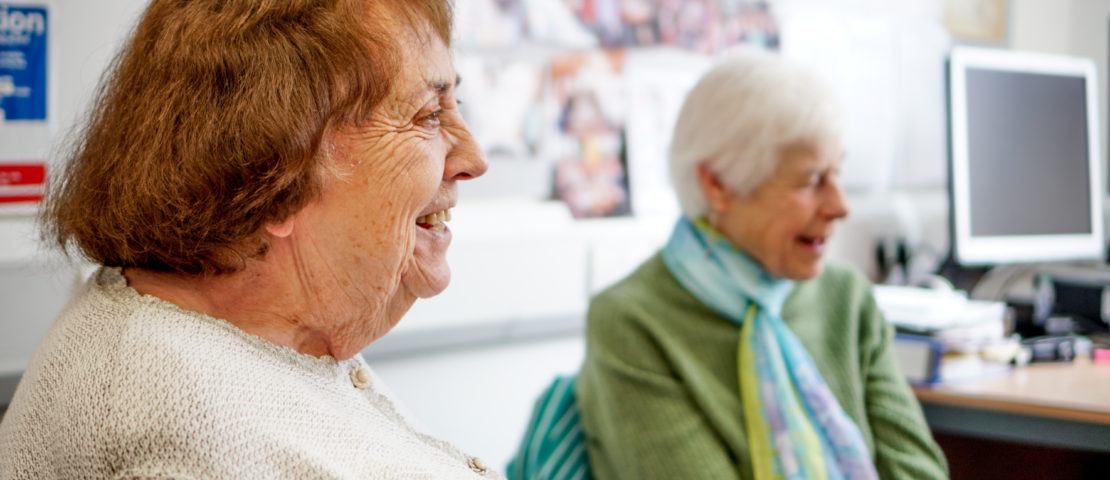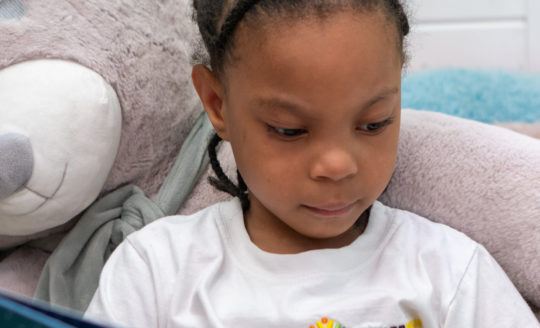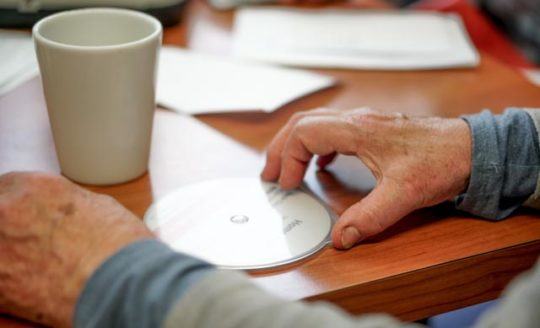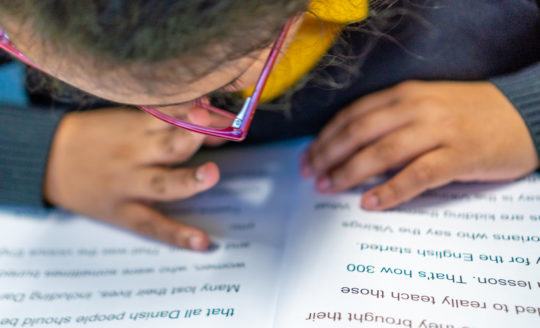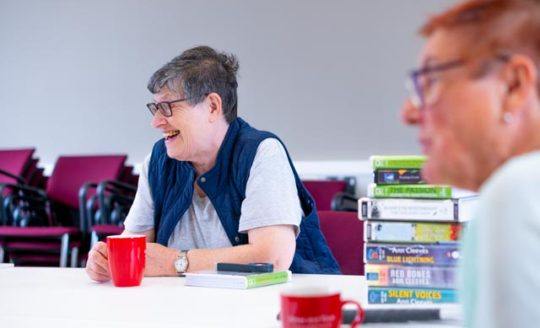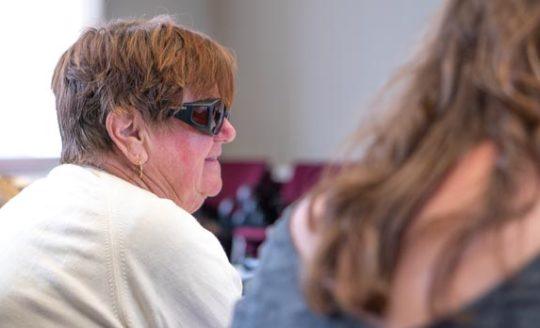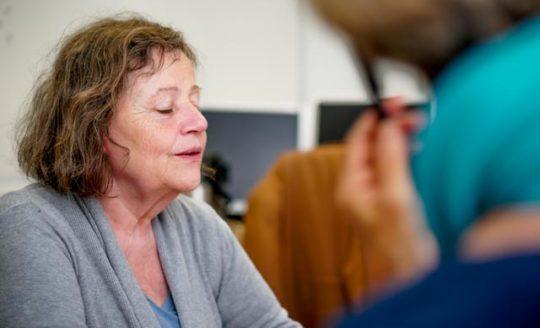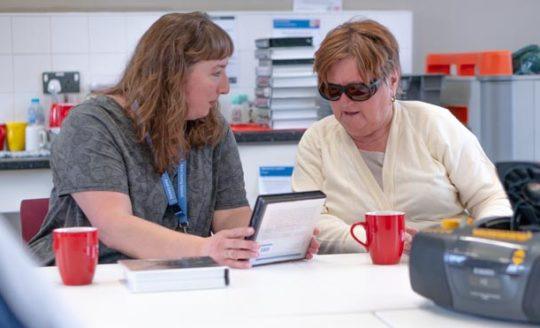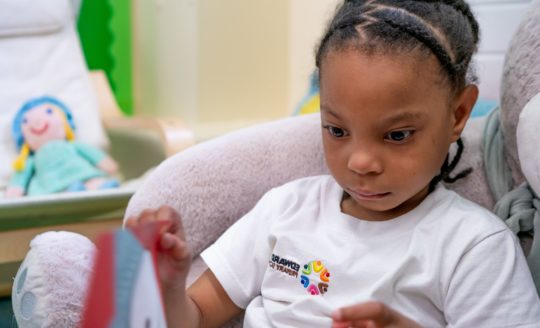Living With Sight Loss
More than two million people in the UK are living with sight loss that is severe enough to have a significant impact on their daily lives, such as not being able to drive.
This includes:
- People who are registered blind or partially-sighted
- People whose vision is better than the levels that qualify for registration
- People who are awaiting or having treatment such as eye injections, laser treatment or surgery that may improve their sight
- People whose sight loss could be improved by wearing correctly prescribed glasses or contact lenses.
‘I’ve had to change things or give up things but reading keeps me in touch with who I think I am and that’s why it’s so important to me really.’
Assessing the Impact of Reading for Blind and Partially Sighted Adults, RNIB
